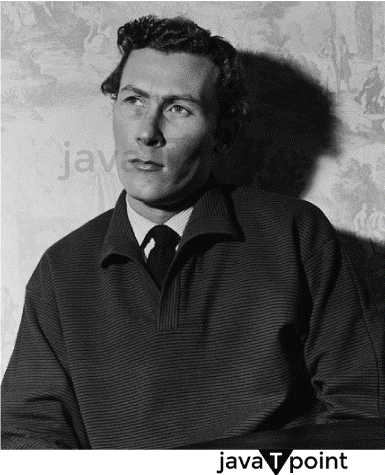Look Back in Anger by John Osborne Plot SummaryOverview: An Introduction to Look Back in AngerBritish writer John Osborne wrote the play Look Back in Anger in 1956. It is regarded as a turning point in the British "kitchen sink" drama movement, which was distinguished by its accurate depiction of social issues and working-class living. The play's London Royal Court Theatre premi�re sparked debate and received praise for its frankness and intensity. 
Jimmy Porter, a young guy from a working-class background seeking social acceptance, is the play's main character. Jimmy is frustrated with how things are and vents his resentment and fury against his wife, Alison, and his best buddy, Cliff. The drama examines class, gender, love, and identity via their relationships. The use of language in Look Back in Anger is among its most essential features. Sharp wit, stinging sarcasm, and the use of slang and colloquialisms are all characteristics of Osborne's work. Osborne became recognized as one of the leading writers of his period thanks to this innovative writing style, which was revolutionary at the time. Overall, Look Back in Anger is a powerful and thought-provoking drama that continues to impact viewers. Its investigation of societal concerns, including class and gender injustice and exploration of working-class hardships, remains pertinent and thought-provoking. Plot Summary: A Breakdown of the Storyline
The play Look Back in Anger is broken into three acts. In the Midlands of England, Jimmy Porter, a young working-class man, resides in a compact apartment with his wife Alison and his buddy Cliff. Jimmy rants at the beginning of the play about how disappointed he is in the political and social establishment and how frustrated he is with the status of society. He is especially enraged by how the ruling class and the administration have neglected to address the issues facing the working class. He expresses his opinions in his work as a market vendor and in interactions with his wife and friends. Jimmy's outbursts and disputes with Alison and Cliff are the primary themes of the play's first act. Because of Alison's upper-middle-class upbringing and inability to comprehend his Anger, Jimmy feels enraged and resentful of her. He often insults and demeans her because she doesn't share his political views. In the meantime, Cliff attempts to comfort Jimmy and be there for him, but he frequently finds himself in the thick of the couple's conflicts. Helena, a friend of Alison, shows up at the flat in the second act. Helena is an intelligent, independent lady who wants to work in journalism. She finds Jimmy intelligent, passionate, and frightened of his resentment and sourness. Jimmy's animosity against Helena grows throughout the play as he accuses her of representing the upper-class establishment he hates. When she rejects him, he eventually admits he is attracted to her. The play's concluding act is highlighted by Alison's pregnancy and the dissolution of her marriage to Jimmy. Alison starts to consider divorcing Jimmy because she feels confined and stifled in their union. Helena, whom she confides in, pushes her to take charge of her life and pursue happiness. In the meantime, Jimmy's aggressiveness and desperation worsen, resulting in a violent altercation with Cliff and Alison. The play concludes with Jimmy alone and gazing out the window after Alison departs from Jimmy and the flat. The play is an insightful investigation of the difficulties and annoyances of working-class existence and a study of the intricacies of interpersonal relationships and how class and social standing can affect them. Analysis: Themes and Significance of Look Back in Anger
More than six decades after it was first published, Look Back in Anger explores several issues that are still relevant today. Class is one of the most important themes. The differences between the working class and upper middle class are highlighted in the play, as well as the difficulties of the former to be accepted and respected by society. The drama frequently returns to Jimmy's dissatisfaction with the wealthy and the government's disregard for the working class. Gender is another crucial subject. The drama examines how women fit into society and the difficulties they encounter when following their own goals and ambitions. A good illustration of this is the character of Alison. She is trapped in a loveless union with Jimmy, who frequently demeans and disparages her. She longs for independence and the chance to follow her interests, but her gender and social standing prevent her from doing so. The drama also includes love and relationships as significant themes. Look Back in Anger illustrates the complexity of interpersonal relationships and the difficulties in preserving them in the face of external pressures and internal conflicts. The play's protagonists struggle to grasp one another's viewpoints and to communicate clearly with one another. Last, Look Back in Anger is noteworthy for contributing to the "kitchen sink" drama movement. The play marked a change from traditional forms of British theater, which tended to focus more on the lives of the upper classes by focusing on the lives of everyday working-class people and their hardships. Osborne became a prominent figure in British theatre as a result of the play's revolutionary, at the time, representation of working-class life and use of slang and vernacular vocabulary.
Next TopicLord Jim Summary
|
 For Videos Join Our Youtube Channel: Join Now
For Videos Join Our Youtube Channel: Join Now
Feedback
- Send your Feedback to [email protected]
Help Others, Please Share









